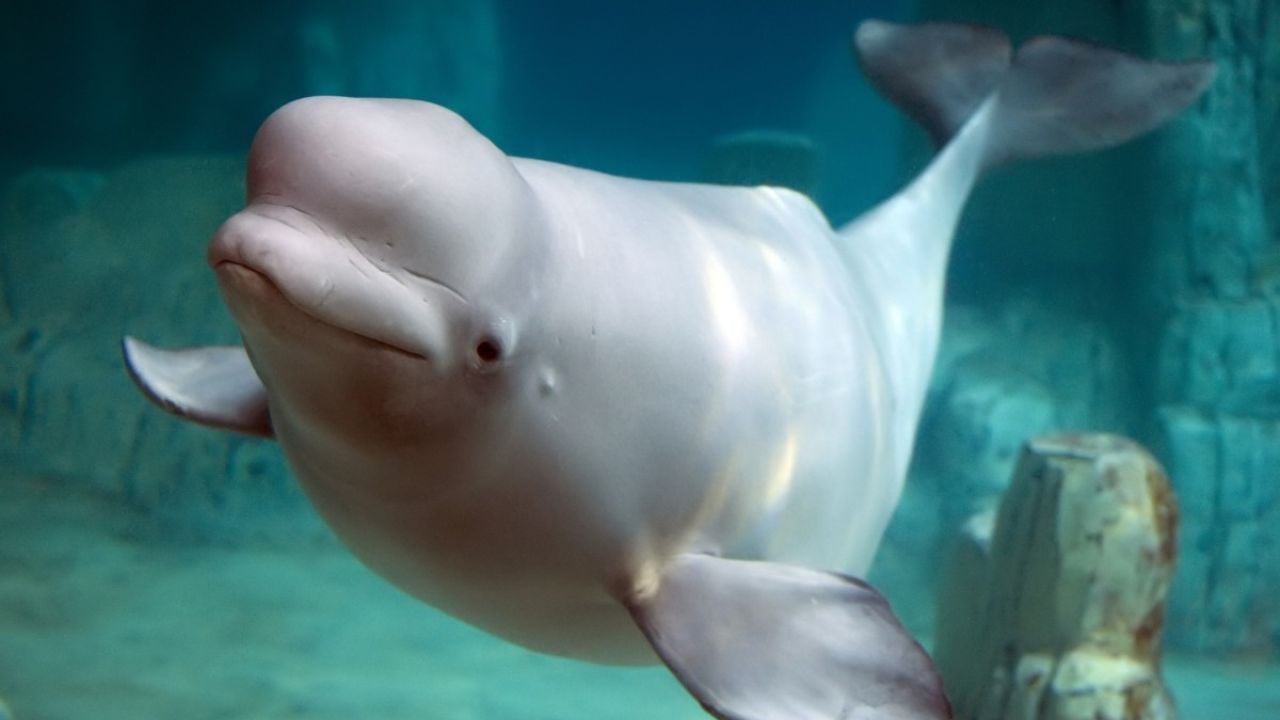
October 4 is World Animal Day – a global event now in its 99th year that raises awareness of the health threats facing creatures around the globe. One of the biggest dangers comes from the “forever chemicals” known as PFAS, which threaten animals worldwide.
Founded by Polish writer and publisher Heinrich Zimmermann, the event first took place in March 1925, and later switched to October 4 in 1929 to coincide with the feast of Francis of Assisi, the patron saint of animals. This day is a great opportunity to highlight the need to better protect all creatures, from domestic pets like dogs to vulnerable species like polar bears.
It’s an ideal time to focus on a sometimes overlooked, but significant, danger of PFAS pollution – the threat that these chemicals pose to wildlife.
EWG has been at the forefront of groundbreaking analyses of the widespread threats from industrial PFAS pollution, with maps and more showing how these toxic chemicals have contaminated drinking water for millions of people throughout the U.S.
Wildlife health threats
PFAS are known to cause health problems in humans, and very low doses of PFAS have been linked to suppression of the immune system, including reduced vaccine efficacy, increased cholesterol, reproductive and developmental problems, a higher risk of certain types of cancer and other health harms.
But research increasingly suggests wildlife could suffer similar harms when exposed to PFAS. Animals ingest PFAS in many ways, including through drinking contaminated water and eating other creatures with PFAS in their bodies. These potential health problems are of particular concern for endangered or threatened species, like the Diamondback terrapin. PFAS contamination stresses other threats to their survival, many caused by industrial development, such as habitat loss and damaged ecosystems.
In February 2023, EWG released a landmark map showing PFAS contamination impacts over 600 species including polar bears, tigers, monkeys, pandas, dolphins and fish. A wide variety of other wildlife species, including birds, reptiles and amphibians, are also affected. These toxic chemicals also harm large mammals, like horses, and small mammals, such as cats.
The scope of the PFAS problem
PFAS are ubiquitous and can travel through air and water, contaminating ecosystems far from their industrial sources. These forever chemicals enter the environment through municipal wastewater discharges or industrial waste that flows directly into waterways, including wetlands.
Harmful PFAS have been detected in more than 100 million acres of often remote U.S. wetlands, such as estuaries, swamps and bogs. These are home to species like alligators, West Indian manatees, bottlenose dolphins, Diamondback terrapins and herring gulls. In December 2023, EWG released an analysis describing the risks PFAS pose to these five wetlands species.
Our research also has found alarmingly high levels of PFOS – one of the best-studied and most notorious harmful forever chemicals – in freshwater fish.
Tackling PFAS pollution
The ongoing PFAS contamination crisis endangers both humans and wildlife, and the only solution is to turn off the tap on this pollution.
We’re making some progress. The Environmental Protection Agency in April finalized precedent-setting limits on six PFAS in drinking water. The standards for PFOA, PFOS, GenX, PFBS, PFNA and PFHxS are among the most protective health limits on PFAS in drinking water in the world and are a long-needed step forward in the PFAS fight.
But much more work needs to be done.
In August, EWG outlined an action plan urging the next presidential administration to comprehensively address the PFAS problem. From imposing new controls on industrial sources of forever chemicals to providing more money to clean up PFAS contamination, there’s plenty on the to-do list.
Broad, aggressive steps are necessary to end the PFAS contamination crisis, and to create a healthier, safer future both for people and the animals they love for generations to come.



